Istanbul exists in multiple dimensions simultaneously—a city where continents meet, where centuries of empires have layered their legacies, and where the mundane and mystical intertwine on every narrow street. Beyond the grand mosques and bustling bazaars lies a different Istanbul, one filled with enigmatic spaces that whisper stories rather than proclaim them.
These places reward the patient traveler who seeks deeper connections with this ancient metropolis. Here is a list of 17 mysterious locations throughout Istanbul where contemplative travelers can experience the city’s more enigmatic and soulful dimensions.
Basilica Cistern
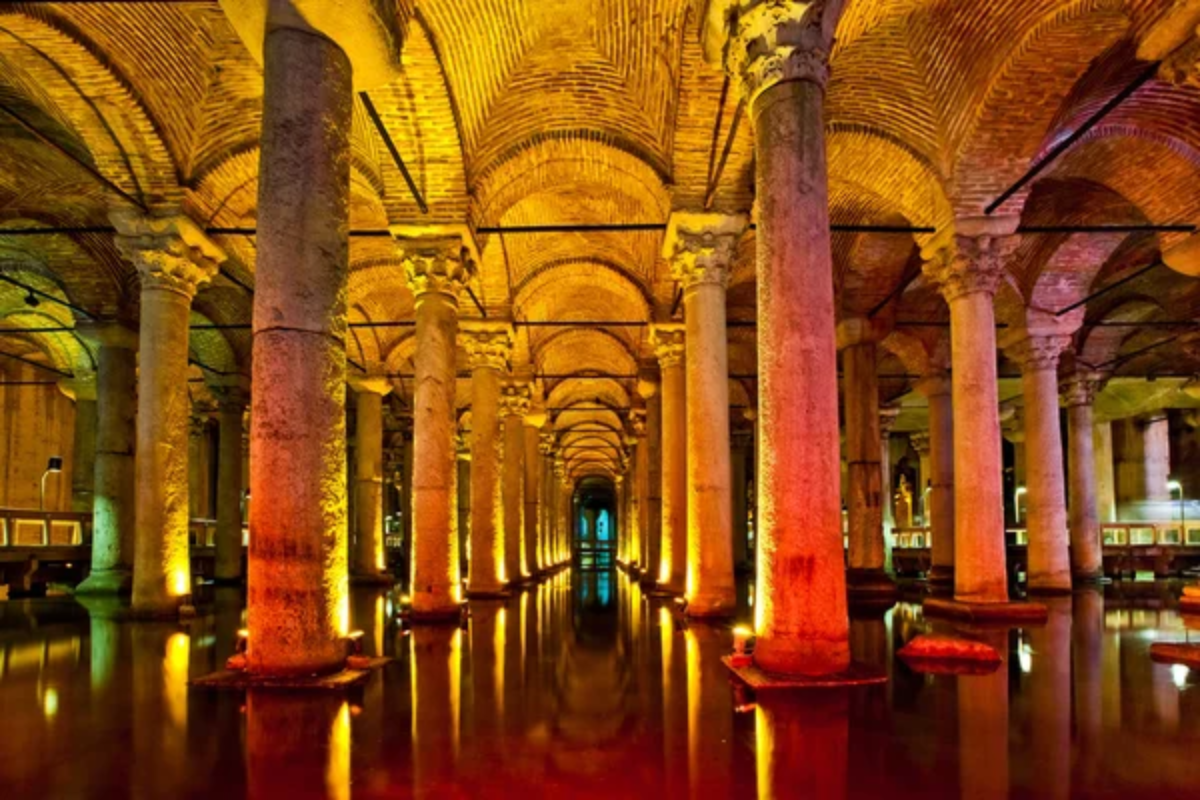
Beneath the busy streets near Hagia Sophia lies this subterranean wonder where 336 columns rise from dark waters in perfectly symmetrical rows. The underground chamber once provided water to Byzantine palaces, but today, its hushed atmosphere and dim lighting create an otherworldly experience far removed from the city above.
The mysterious Medusa column bases—one sideways, one upside-down—continue to confound historians who debate their symbolic meaning and origin. Built in 532 under Emperor Justinian I, the cistern draws water from the Belgrade Forest via aqueducts.
Pierre Loti Hill Cemetery
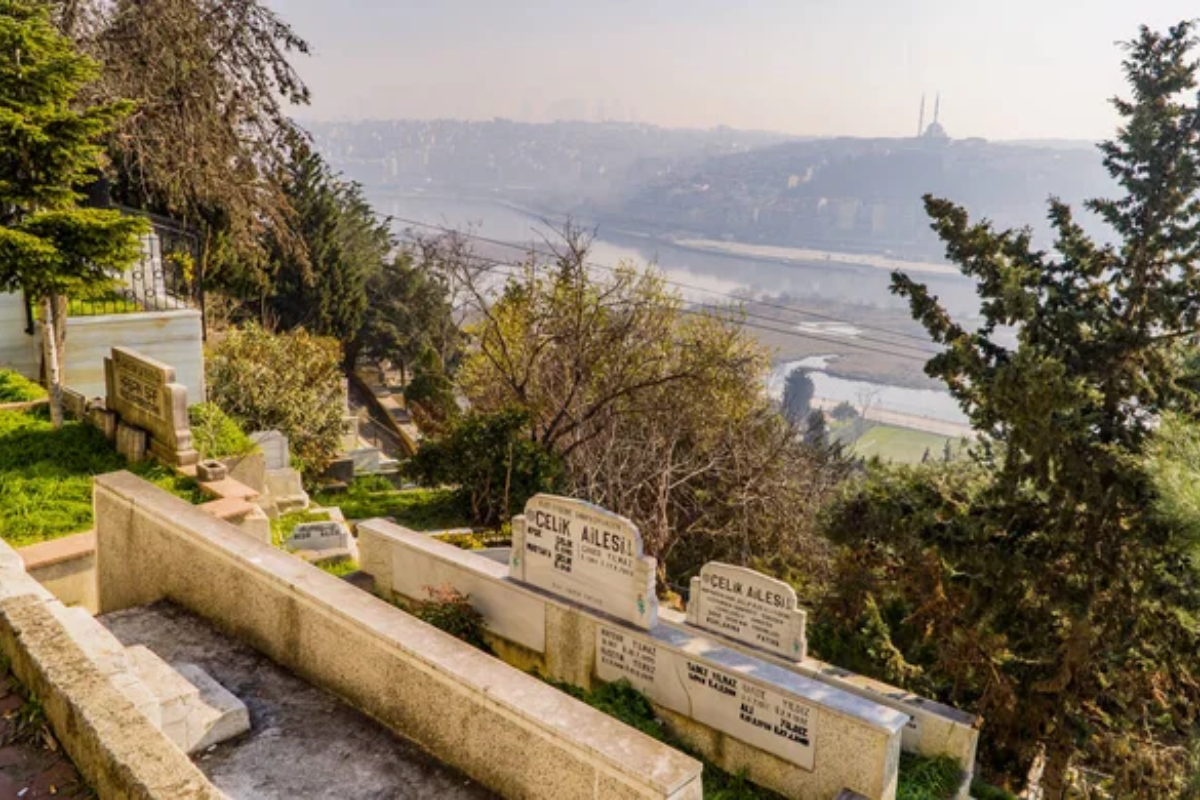
This historic burial ground offers haunting beauty and profound tranquility despite its urban location overlooking the Golden Horn. Ancient Ottoman tombstones with distinctive turbaned tops lean at curious angles among cypress trees that whisper with each passing breeze.
The adjacent café, named after the French novelist who found inspiration here, provides the perfect vantage point to watch afternoon light turn the tombstones into sundials, marking time across centuries. Pierre Loti frequented the hill during his time as a naval officer in the 1870s.
Like Travel Pug’s content? Follow us on MSN.
Rüstem Pasha Mosque
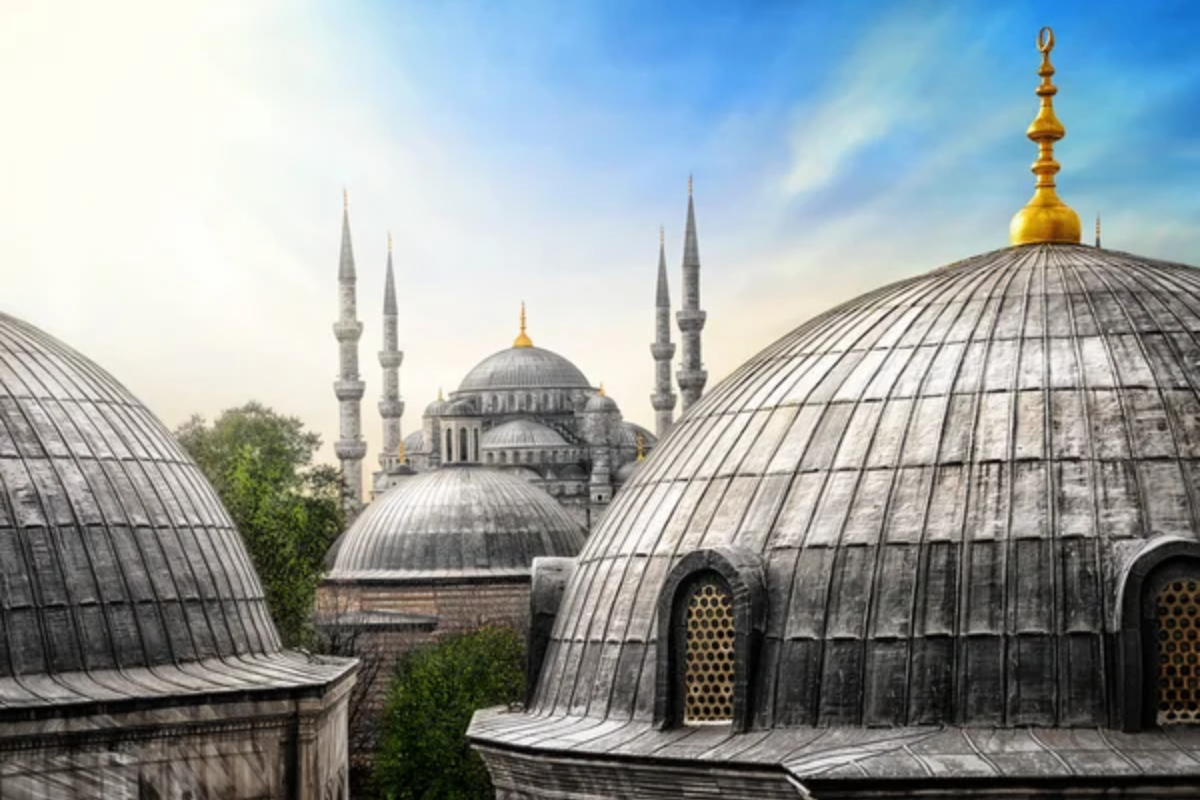
Hidden above a bustling commercial district near the Spice Bazaar, this architectural gem requires visitors to ascend narrow stairs through a market arcade to discover its splendor. The relatively modest exterior gives no hint of the interior’s breathtaking Iznik tile work, covering nearly every surface with intricate floral patterns and geometric designs in brilliant blue.
The elevated perch creates shifting light patterns throughout the day, transforming the prayer hall hour by hour. Commissioned by Grand Vizier Rüstem Pasha and designed by Mimar Sinan, it was completed around 1563.
Çukurcuma Antique Shops
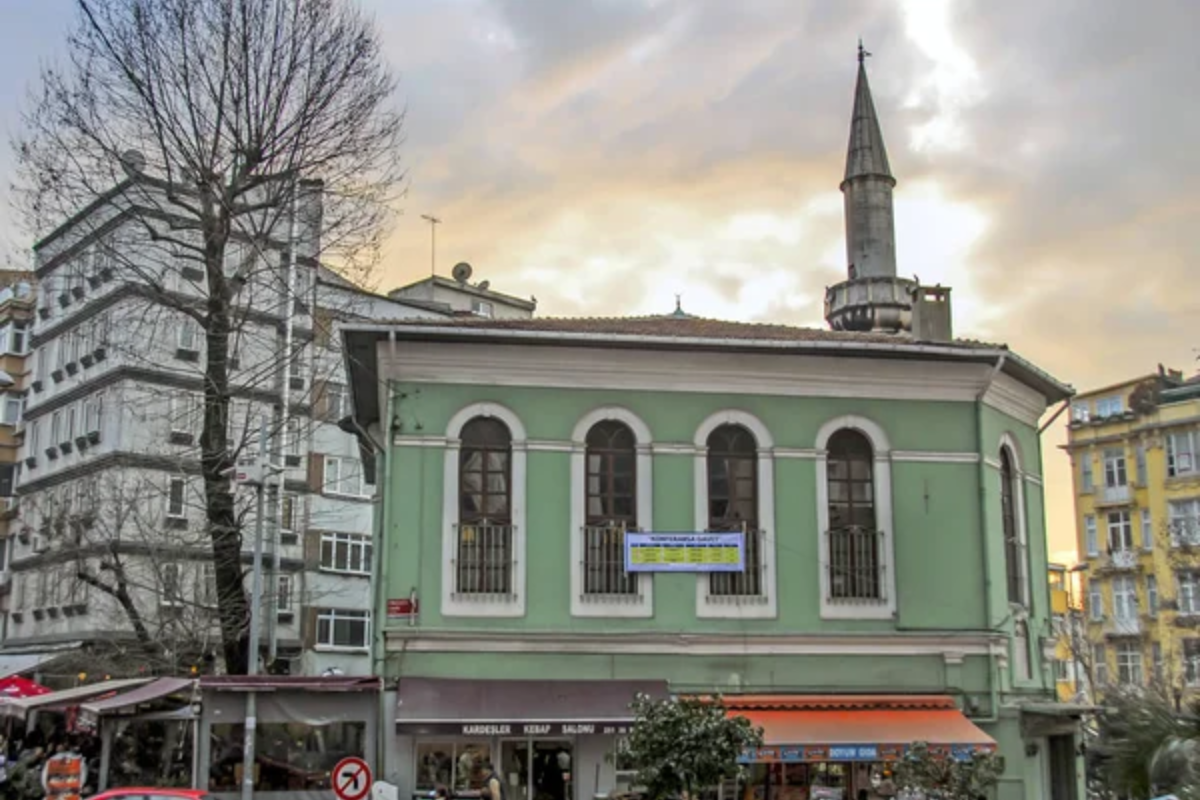
This hillside neighborhood contains the city’s most atmospheric collection of antique stores filled with mysterious objects from vanished Ottoman households. Dusty displays contain everything from ornate silver hammam bowls to faded family photographs of unknown Istanbulites from bygone eras.
The narrow streets connect these treasure troves of memory where objects await new stories while still carrying whispers of their original owners. Çukurcuma also houses the Museum of Innocence, created by Nobel laureate Orhan Pamuk, which complements the area’s nostalgic feel.
Like Travel Pug’s content? Follow us on MSN.
Yedikule Fortress
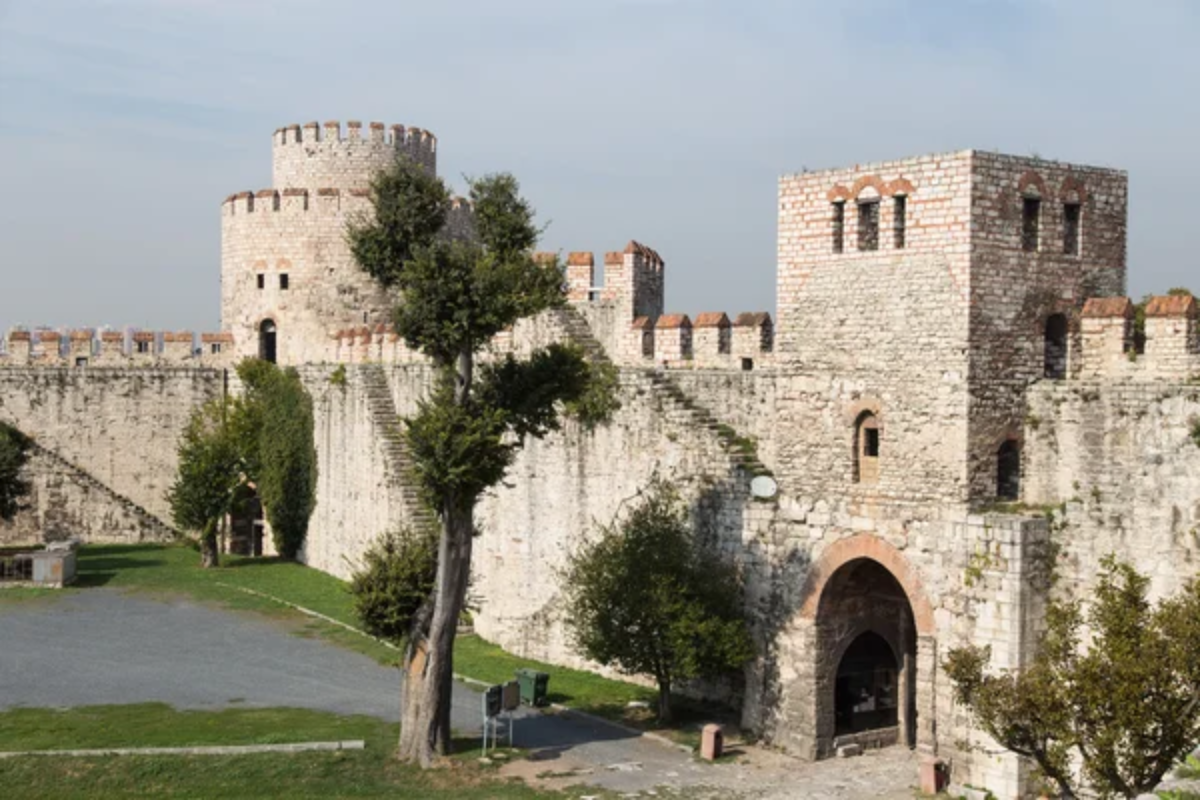
The massive “Fortress of Seven Towers” once marked the Golden Gate entrance to Byzantine Constantinople before later serving as an Ottoman prison for diplomatic hostages and disgraced officials. The imposing stone walls contain mysterious inscriptions left by former prisoners, including ambassadors who spent years confined within these enigmatic spaces.
The partially ruined structure allows visitors to wander freely through chambers that have witnessed countless forgotten dramas of imperial politics. Built in 1458 by Sultan Mehmed II, it incorporates remnants of the Byzantine land walls. Built in 1458 by Sultan Mehmed II, it incorporates remnants of the Byzantine land walls.
Şerefiye Cistern
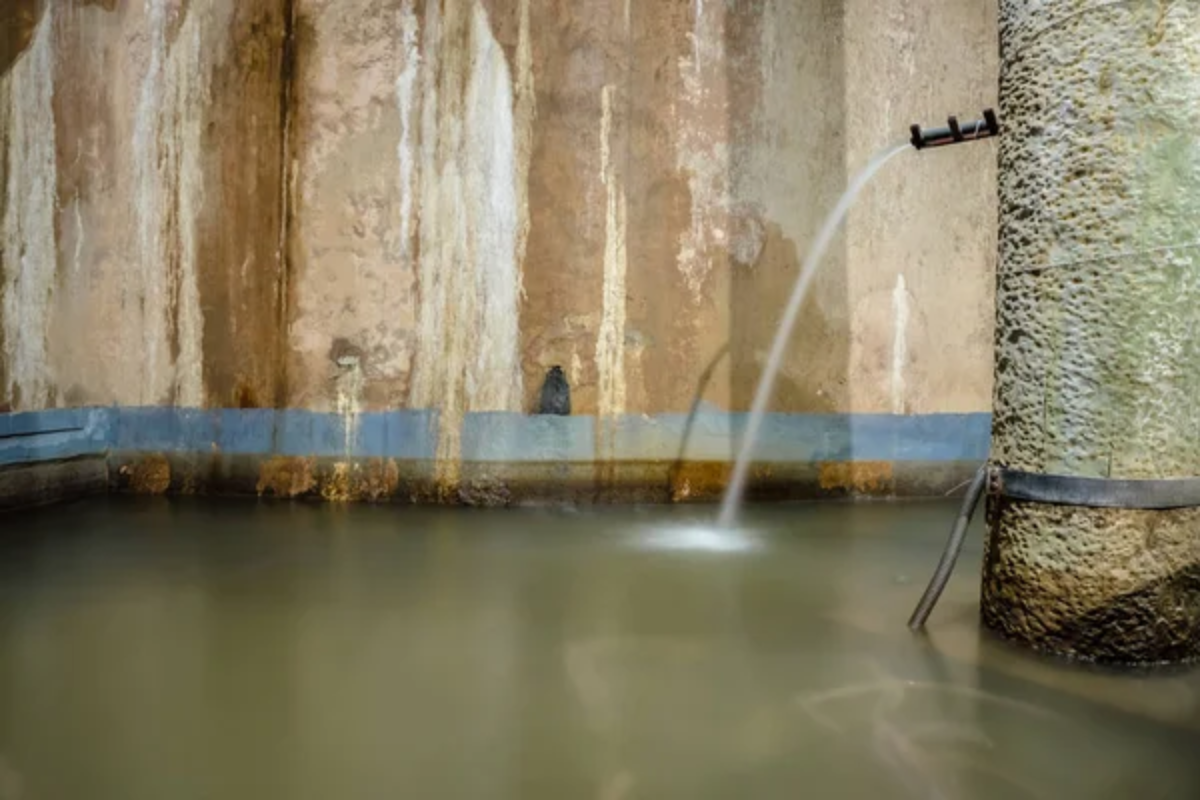
This recently restored Byzantine water reservoir remained hidden beneath a municipal building for decades until modern excavations revealed its perfectly preserved columns and vaulted ceilings. Less visited than its larger counterpart, this intimate underground space hosts acoustically perfect chamber music performances where notes resonate through 1,500-year-old arches.
The play of light on ancient brickwork creates constantly shifting shadows across waters that once sustained the city during countless sieges. Constructed during the reign of Emperor Theodosius II in the 5th century.
Little Hagia Sophia

Originally the Church of Saints Sergius and Bacchus, this architectural predecessor to the grand Hagia Sophia now functions as a working mosque in a quiet residential neighborhood. The harmonious interior space preserves intricate Byzantine capitals featuring animal and mythological motifs despite centuries of adaptation to changing religious practices.
The surrounding courtyard offers a peaceful refuge where neighborhood cats doze on ancient stones carved with symbols whose meanings have faded from collective memory. Built in the 6th century by Justinian I before his commissioning of Hagia Sophia.
Like Travel Pug’s content? Follow us on MSN.
Beyoğlu Passages
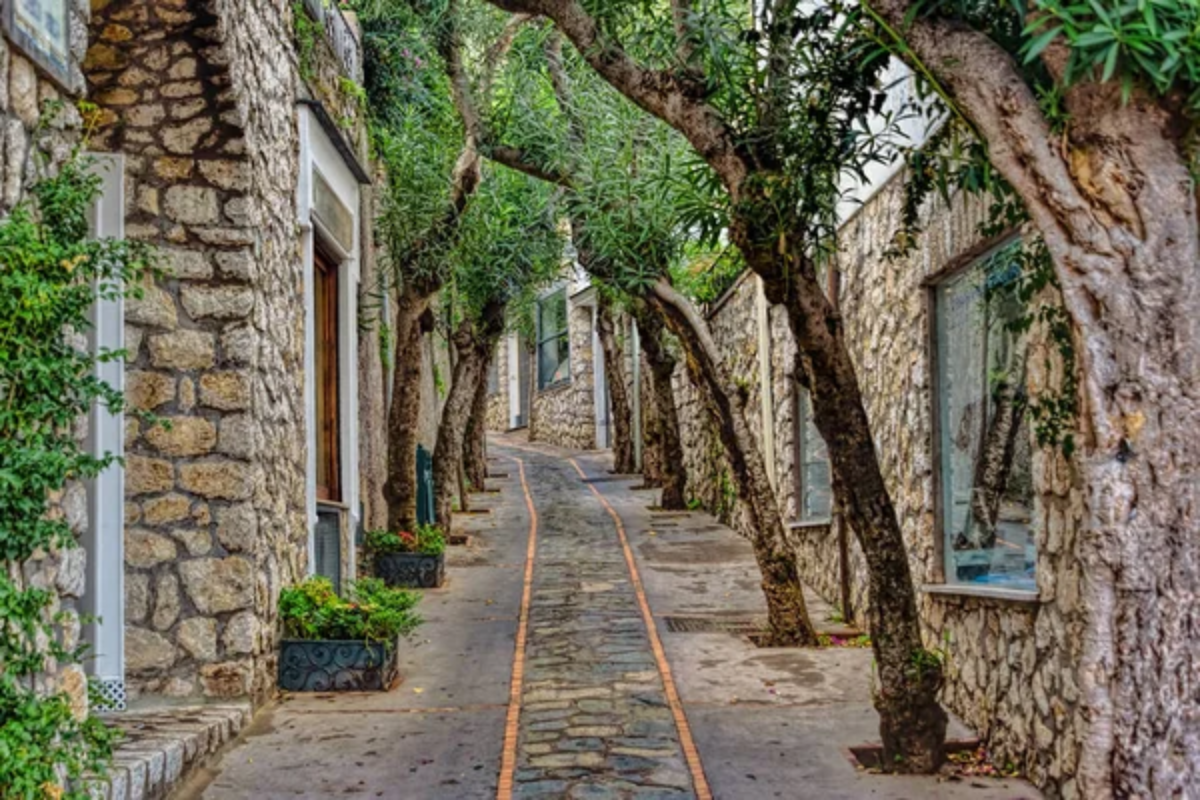
The European district contains numerous hidden arcades and covered passages dating from the late Ottoman period when Istanbul embraced European architectural trends. The Atlas Passage preserves art deco details and houses independent booksellers, while the Çiçek Passage connects to labyrinthine side corridors filled with antique shops and vintage photography studios.
Each passageway opens unexpected vistas and creates the sensation of discovering private worlds existing parallel to the main thoroughfares. Many passages, like Hazzopulo and Aznavur, were built in the 19th century as shopping galleries.
Valens Aqueduct
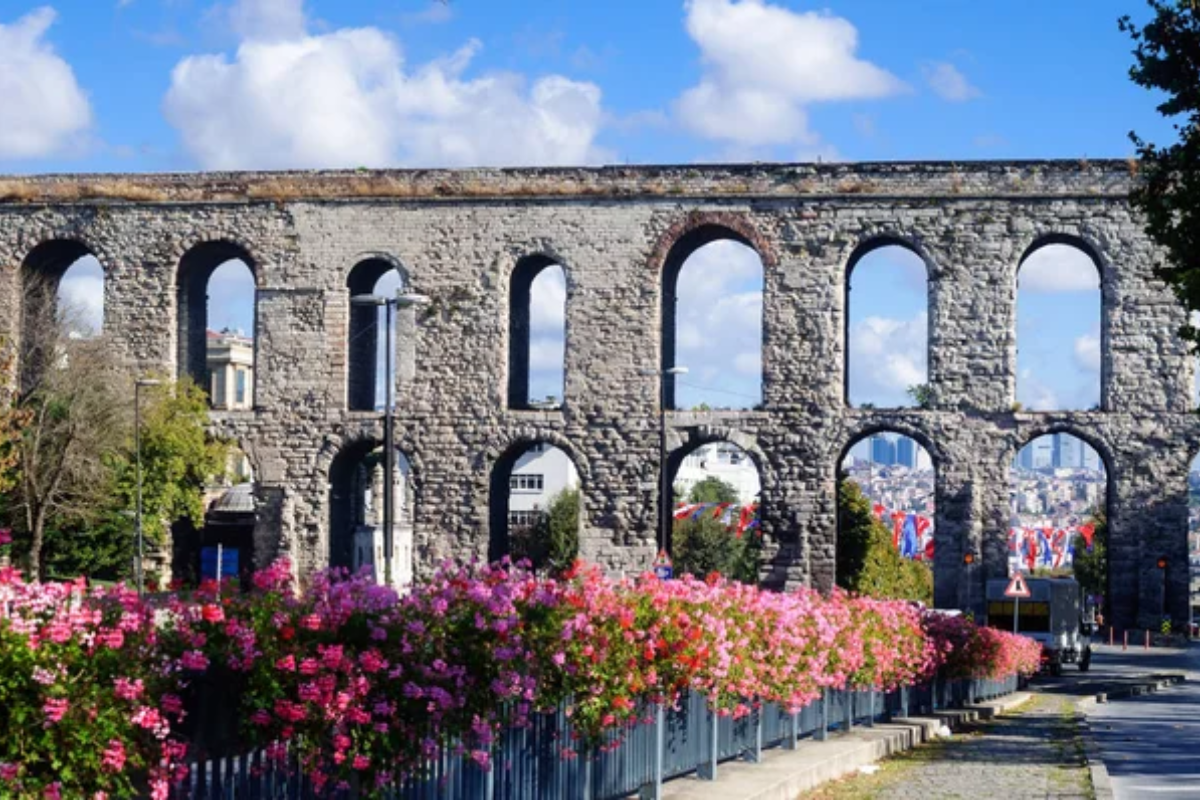
This monumental Roman water bridge spans a modern valley where city life continues beneath massive fourth-century arches that once delivered water from distant forests to Byzantine cisterns. The massive structure now stands as an ancient monument bisecting contemporary neighborhoods where everyday lives unfold in its enormous shadow.
Evening light transforms the weathered stones into a golden monument while locals pass beneath arches that have witnessed more than sixteen centuries of continuous urban evolution.
Kariye Museum
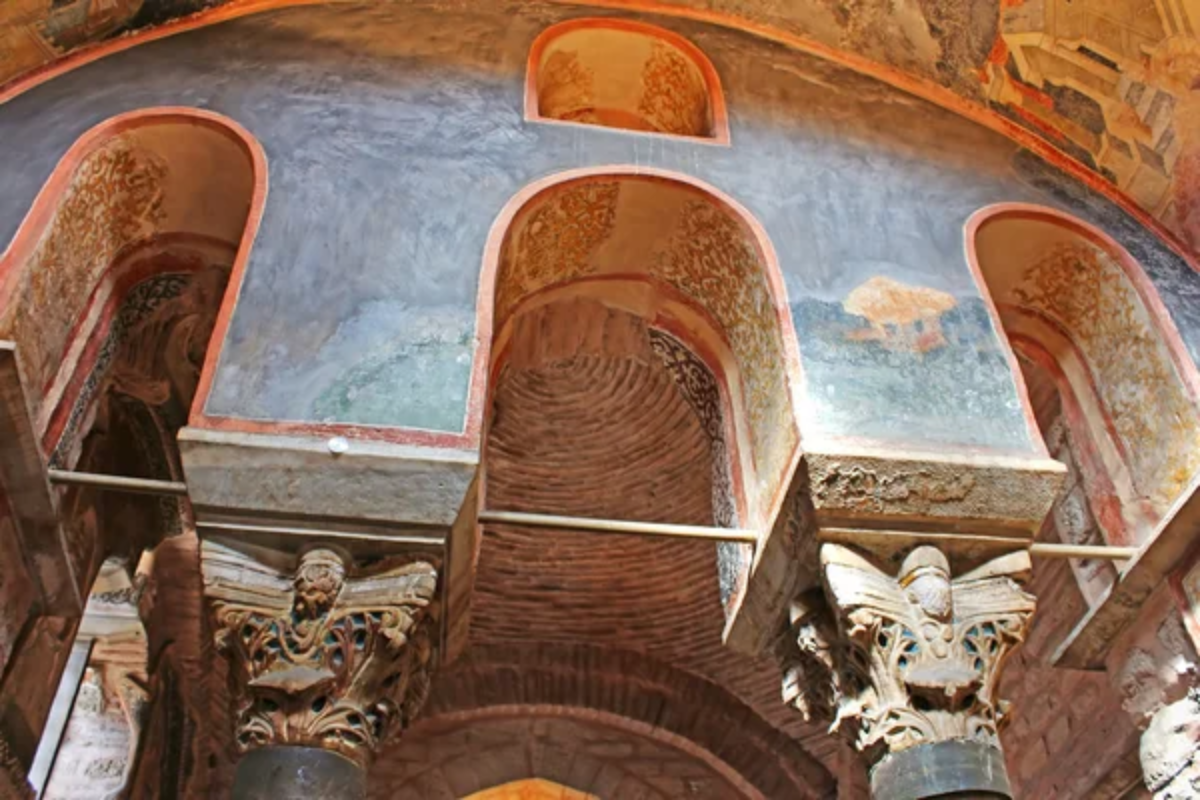
The former Church of St. Savior in Chora preserves some of the most mysterious and beautiful Byzantine mosaics and frescoes ever created, hidden away in an unassuming building far from tourist centers. The intricate biblical scenes and portraits executed by unknown masters feature hauntingly expressive faces that seem to observe visitors across the centuries.
The small side chapels contain esoteric theological imagery requiring deep knowledge of Byzantine spirituality to comprehend fully. The church dates to the 11th century, with frescoes from the 14th century; it was reconverted to a mosque in 2020.
Like Travel Pug’s content? Follow us on MSN.
Kuzguncuk Village
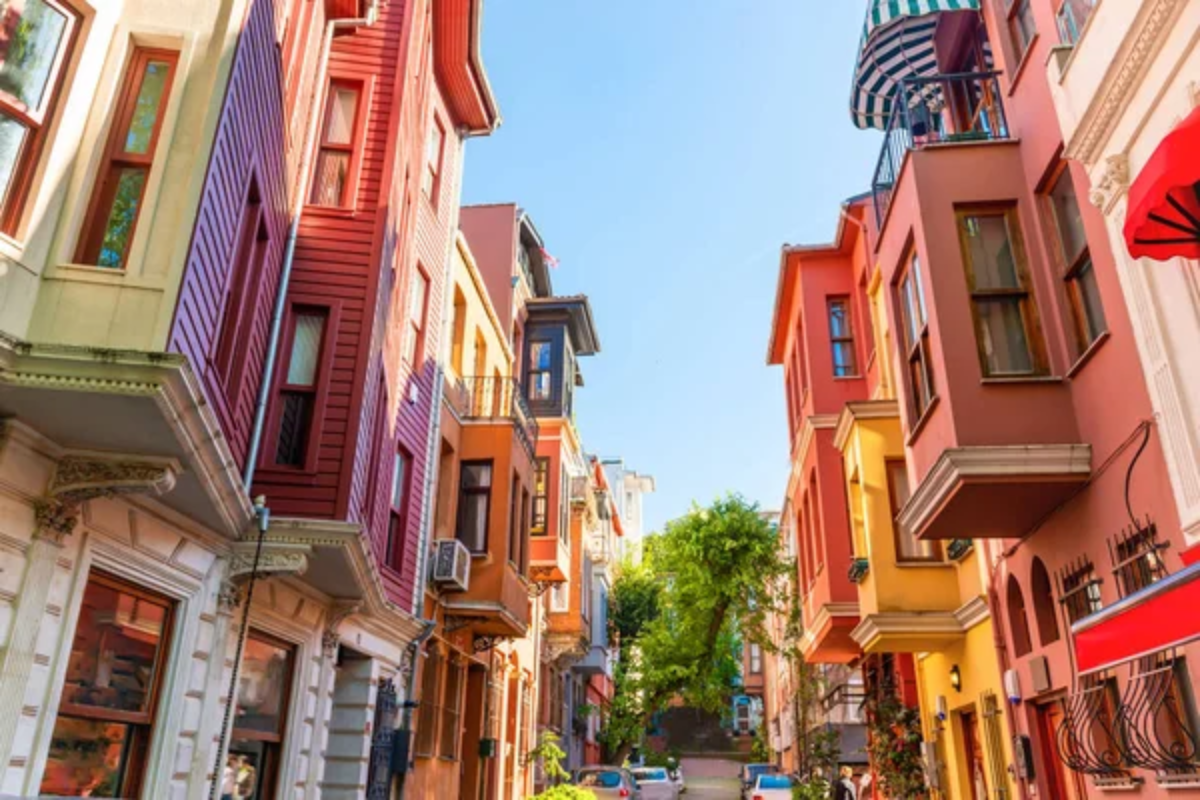
This hillside neighborhood along the Asian shore maintains a distinct village atmosphere where historic wooden houses painted in distinctive colors create a timeless enclave resistant to modernization. The mixed heritage of the area becomes evident in the unusual proximity of mosque, synagogue, and Orthodox church standing within steps of each other on the main street.
Morning mist rising from the Bosphorus transforms the narrow lanes into dreamscapes where different eras seem to coexist simultaneously.
Princes’ Islands Abandoned Mansions
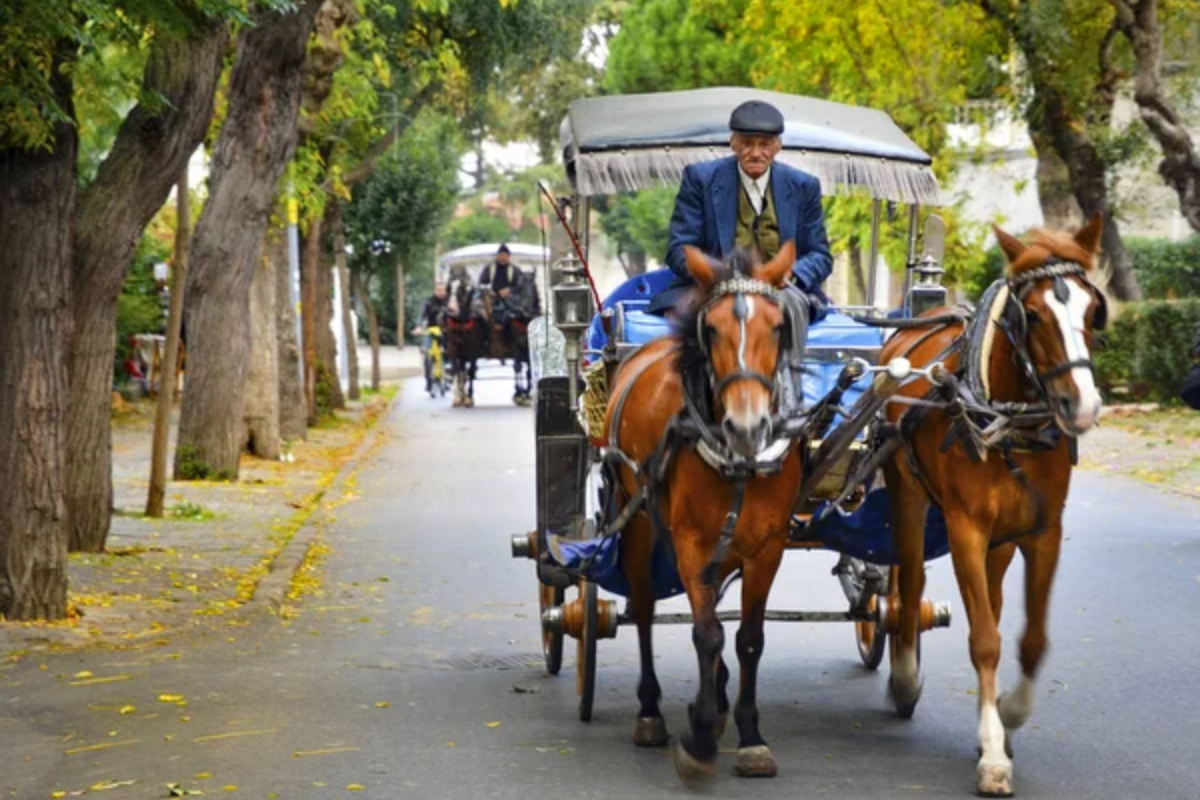
The car-free islands in the Sea of Marmara contain numerous abandoned wooden mansions, slowly returning to nature behind rusted gates and overgrown gardens. These once-grand summer residences belonging to Ottoman officials and religious minorities now stand as melancholic time capsules with peeling paint and vacant windows overlooking the sea.
The second-largest island, Heybeliada, contains particularly evocative examples along paths where horse-drawn carriages remain the only transportation.
Süleymaniye Complex Back Courtyard
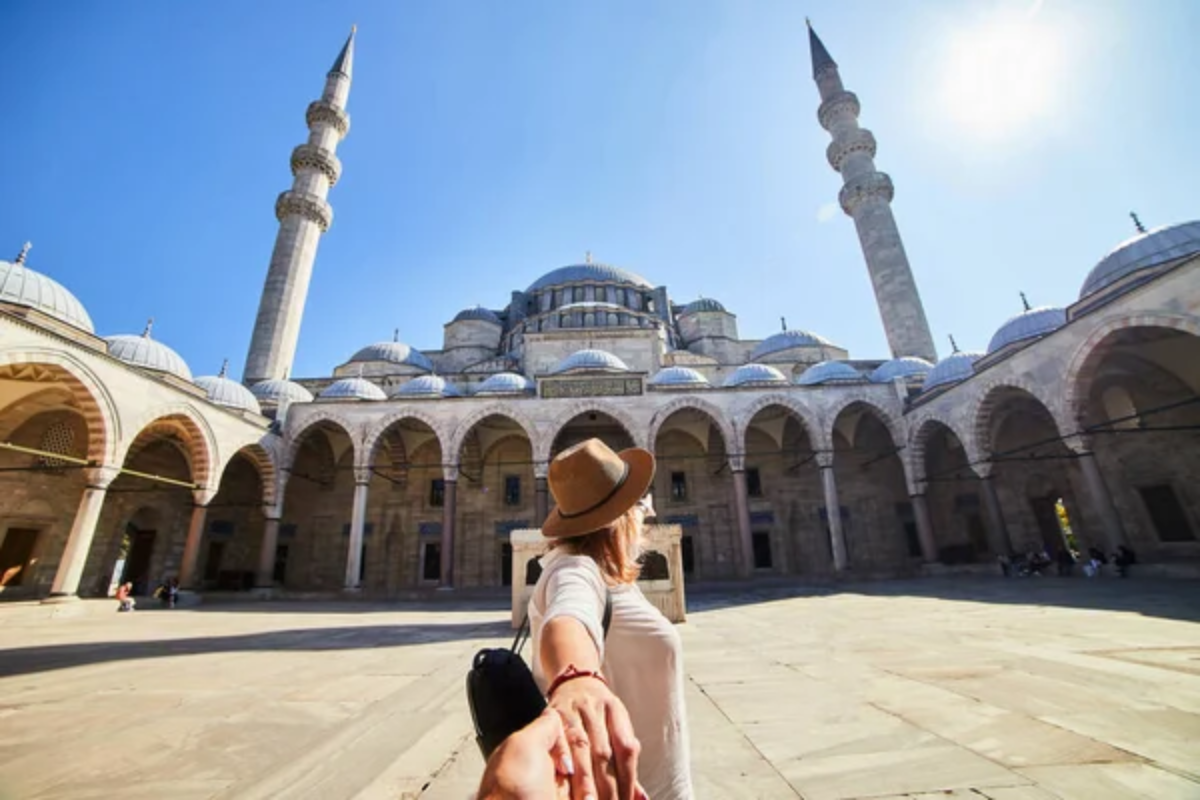
Behind the magnificent imperial mosque lies a rarely visited courtyard containing mysterious tomb gardens and meditative spaces unknown to most visitors who only see the main sanctuary. The hidden library building houses ancient manuscripts in a reading room where scholars once contemplated texts by oil lamp beneath an exquisite domed ceiling.
The surrounding walls create a microclimate where carefully tended roses grow alongside herbs once used in the adjacent medical school.
Like Travel Pug’s content? Follow us on MSN.
Fener Greek Orthodox College
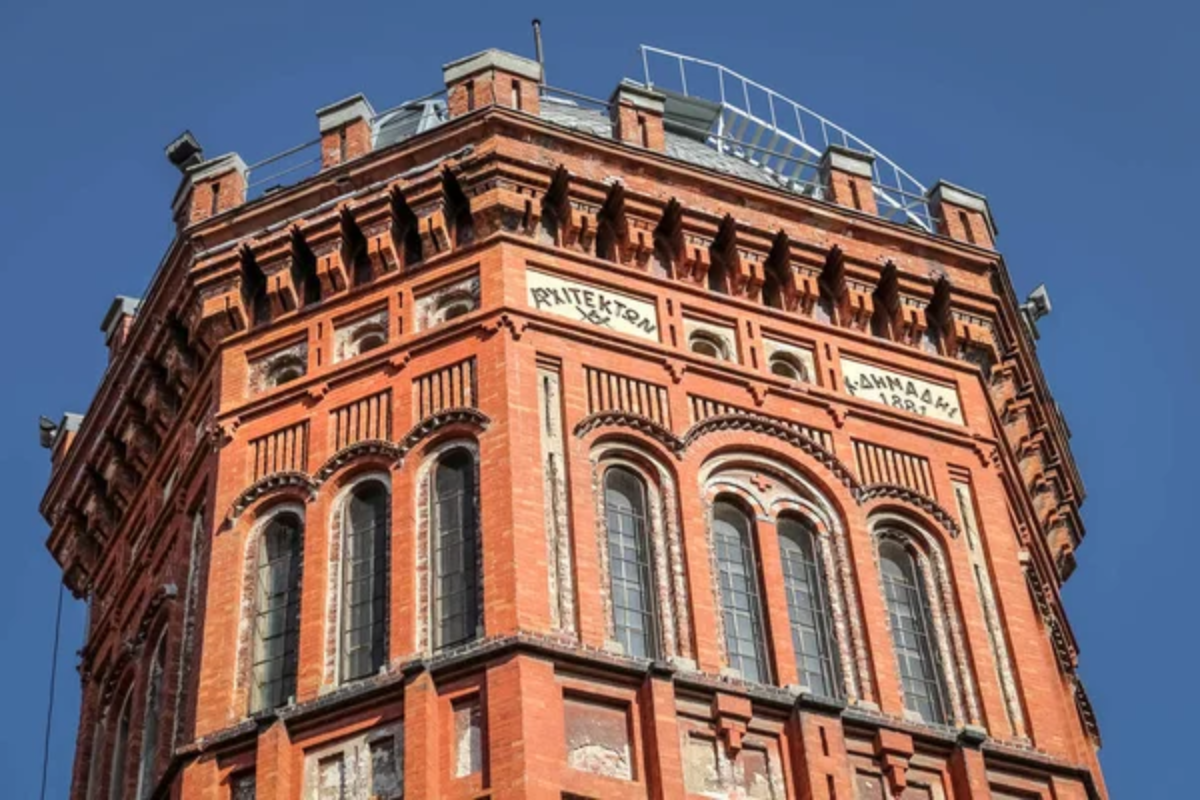
The massive red brick building crowns the historic Fener district like a Byzantine castle, visible from distant parts of the city yet mysteriously inaccessible to casual visitors. The imposing structure once educated the elite of Istanbul’s Greek community and now stands as a monument to cultural heritage that transcends political boundaries.
The few visitors permitted inside discover astronomical instruments in the historic observatory tower and enigmatic architectural details merging European and Ottoman influences.
Perili Köşk

The “Haunted Mansion” earned its nickname during decades of abandonment when its unfinished structure stood as a skeletal presence on the Bosphorus shoreline, inspiring urban legends about supernatural residents. Now repurposed as a modern art gallery, the building maintains its mysterious aura through unexpected architectural elements and constantly shifting exhibition spaces.
Evening views from its seaward balconies create the illusion of floating above the strait where continents merge in the twilight haze. Now home to Borusan Contemporary art gallery, open on weekends.
Theodosius Harbor Excavations
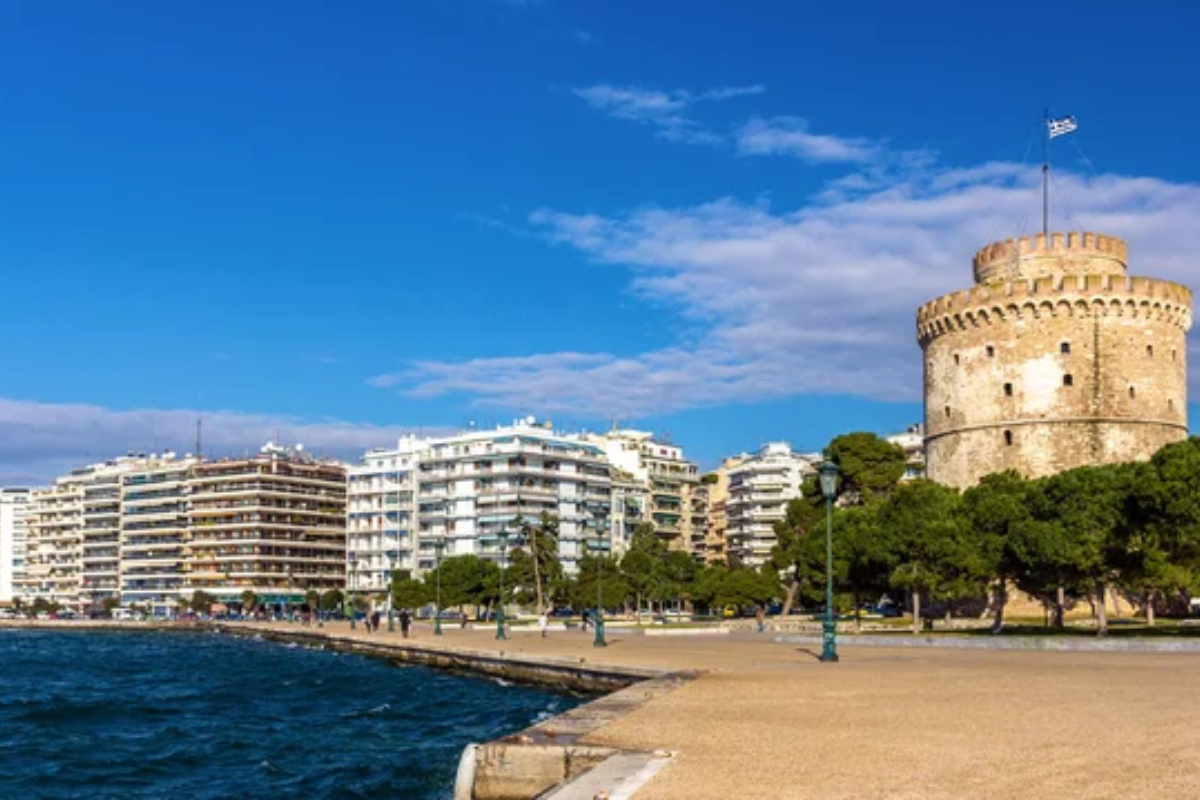
Recent metro construction uncovered the lost Byzantine harbor, which contained remarkably preserved shipwrecks and port structures that archaeologists continue to document beneath the modern city. Viewing platforms allow visitors to witness active excavations, where each layer reveals different chapters in the city’s maritime history stretching back fifteen centuries.
The partially excavated harbor provides rare glimpses of everyday Byzantine commerce frozen in time when the port gradually silted into oblivion. Located in Yenikapı, over 35 ancient shipwrecks have been unearthed since 2004.
Like Travel Pug’s content? Follow us on MSN.
Bulgarian St. Stephen Church
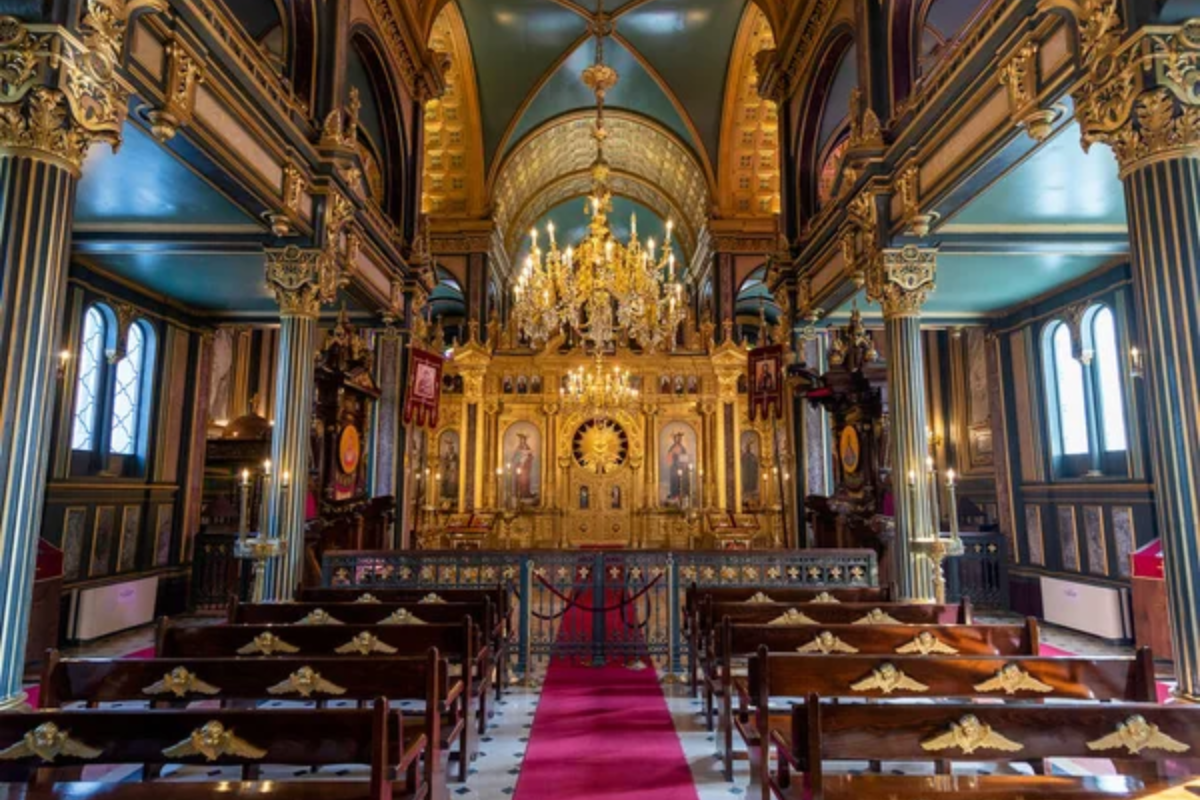
The seemingly improbable iron church near the Golden Horn was prefabricated in Vienna and assembled on site in the late 19th century, creating an unusual example of neo-Gothic architecture executed entirely in cast iron. The distinctive metal exterior belies the warm, intimate interior, where intricate wooden iconostasis and chandeliers create an atmosphere of contemplative beauty.
The surrounding Bulgarian community maintains cultural traditions that add another layer to Istanbul’s diverse heritage landscape.
The Eternal Mystery of Istanbul
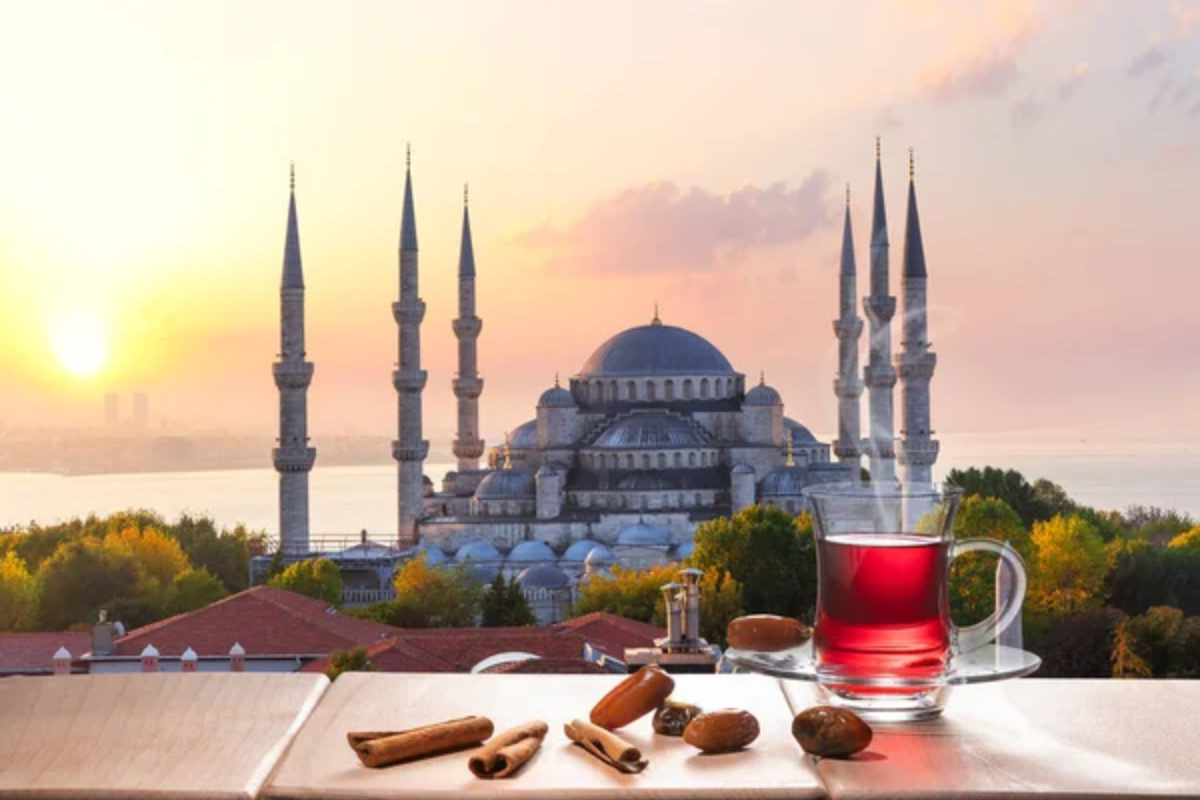
These enigmatic places reveal Istanbul’s essential character as a city that never fully discloses itself, no matter how long one explores its labyrinthine streets and hidden courtyards. The mystery lies not merely in secret locations but in the perpetual dialogue between past and present, between visible and invisible dimensions of urban experience.
For the traveler drawn to places that provoke questions rather than provide easy answers, Istanbul offers an inexhaustible landscape of meaningful encounters with the enigmatic soul of a city existing beyond simple categorization or understanding.
More from Travel Pug

- Cities Growing so Fast You Won’t Recognize Them in 10 Years
- 13 Destinations Where Tourists Regularly Regret Their Trip
- 20 Obscure WWII Sites Even History Buffs Don’t Know About
- 10 Under-the-Radar Mountain Towns That Are Both Affordable and Beautiful
- Remote Villages in Europe Where You Can Live for Free in Exchange for Work
Like Travel Pug’s content? Follow us on MSN.
